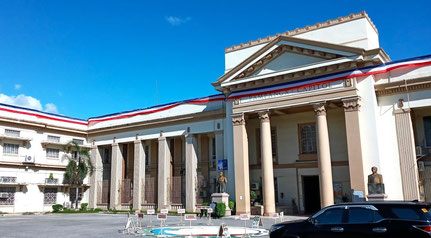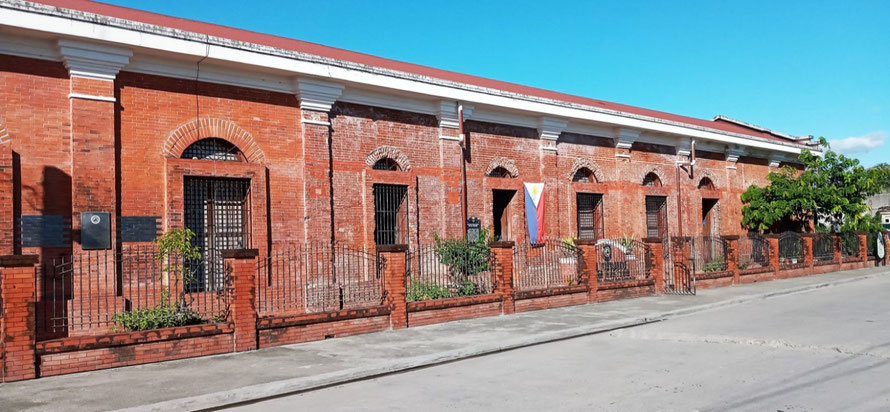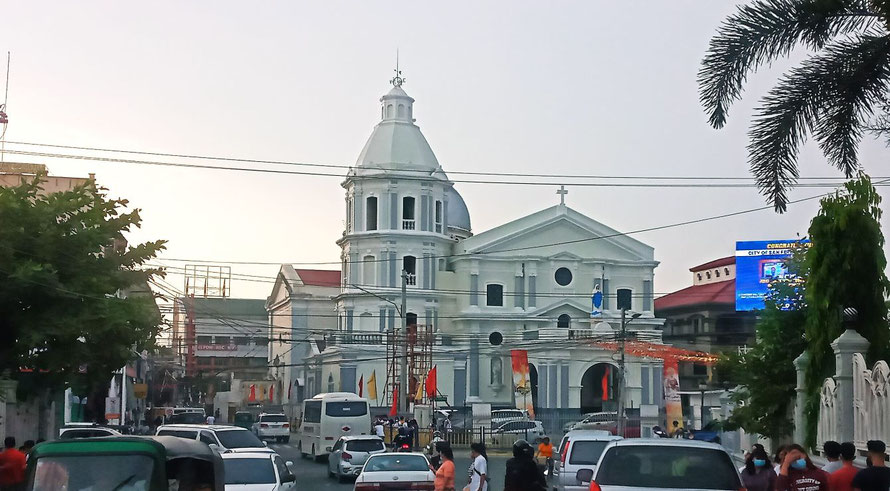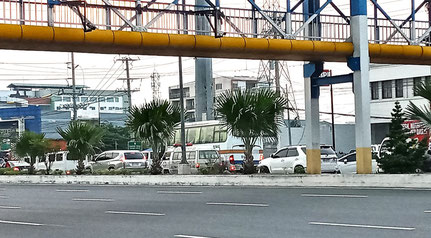
San Fernando city is a city that is strategically located in Region III or Central Luzon. The province in which the city can be found – Pampanga – is at the center of the region.
San Fernando city is about 65 kilometers north of Metro Manila. It takes one and one-half hours to reach the city, starting from the Balintawak toll plaza or the Mindanao toll plaza of the North Luzon Expressway (NLEX). Buses such as the Saulog and Genesis buses make regular trips to-and-from Metro Manila and San Fernando. The city of San Fernando is surrounded by other cities and tourist destinations. It is about 30 kilometers north of Malolos city, about 16 kilometers south of Clark Freeport Zone, about 13 kilometers south of Angeles city, about 36 kilometers south of Tarlac city and about 50 kilometers east of Subic Bay Freeport Zone.
The municipality of San Fernando was founded in 1754. The town became the capital of Pampanga province in 1904. In February 4, 2001, the town became a city by virtue of Republic Act 8990.
At present, the city is composed of 35 barangays. It has a land area of 6,774 hectares. It is the place where the governor’s office and regional government offices are located. It is the home of the world-famous giant lanterns of the Philippines.
A PHOTOGRAPHIC DISPLAY OF SAN FERNANDO CITY
Government Offices and City College: San Fernando city is the capital of the province of Pampanga. It is the city where the Pampanga capitol is located – along Capitol drive. It is in Pampanga capitol where the governor of the province holds office. Pampanga capitol is a beautiful, historical landmark and it reflects the architecture of the American colonial period. The capitol ground is located along San Fernando-Lubao road.
Heroes Hall serves as an extension of San Fernando city hall. It has a park with several statues of famous Filipinos like Jose Rizal, Andres Bonifacio and Jose Abad Santos. At the back of the hall is the City College of San Fernando.
Landmarks and Historical Places: A historical center in San Fernando city, Himpilang Daang-Bakal was the train station which was established in 1892. Jose Rizal, a national hero of the Philippines, once used this station for a personal trip. The station was also used to transport Filipino and American soldiers captured by the enemy during World War II to Kampo O’Donnell in Capas, Tarlac. The soldiers were forced to walk until they died, an historic event known as the death march.
The Tabacalera, Lazatin and Consunji houses are ancestral houses that reflect the architecture of the American colonial period, while the Metropolitan Cathedral of San Fernando is a historical landmark that reflects neo-classical church architecture. The heritage houses and the church are located at Consunji Street.
Establishments, Old and New: Business enterprises flourish in San Fernando city. Some are old, well-established companies. Some are relatively new but big companies. Many are small stores and enterprises.


































